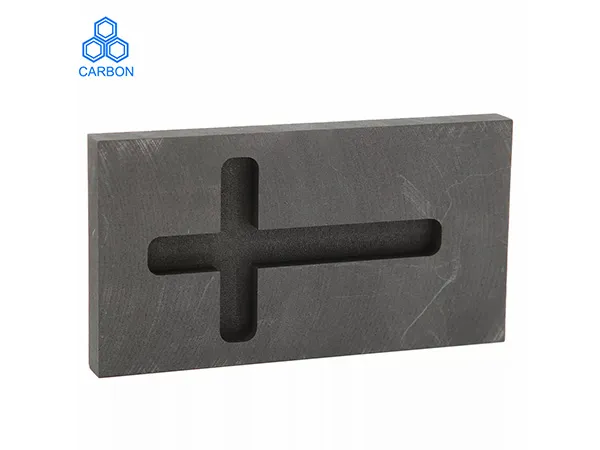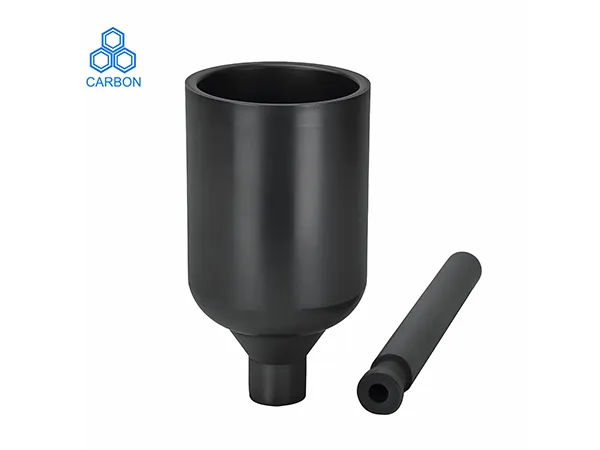Graphite crucibles are essential tools in foundries and metal casting operations, prized for their excellent thermal conductivity, high-temperature resistance, and chemical stability. These crucibles are commonly used for melting and holding non-ferrous metals such as aluminum, copper, brass, and precious metals. Despite their durability, graphite crucibles are still vulnerable to damage from thermal shock, improper handling, and poor maintenance practices.
Maintenance Tips for Graphite Crucibles in Foundries

1. Proper Handling and Storage:
Inspect upon receipt: Carefully check new crucibles for any chips, cracks, or abrasions. Never use a damaged crucible. A “ring test” with a hammer can help identify internal cracks (a clear bell-like sound indicates no damage, a dull thud might mean mishandling).
Handle with care: Graphite crucibles are durable under heat but can be brittle when cold. Always use properly fitting tongs and lifting equipment to avoid physical damage. Avoid dropping or stacking them directly inside each other.
Store in a dry environment: Moisture absorption is a primary enemy of crucibles. Store them in a dry, warm place, off the floor. If they’ve been exposed to humidity, thoroughly dry them before use. Some recommend storing them in a sealed container with a desiccant.
Avoid rolling: Never roll crucibles, as this can damage the protective glaze.
Protect surfaces: Don’t expose crucibles to substances that can react with graphite or the crucible’s binding materials, such as certain strong acids, alkalis, or specific metal compounds.
2. Crucial Preheating Procedures:
Eliminate moisture: This is perhaps the most critical step. New crucibles, or those that have cooled completely or been exposed to a humid environment, must be preheated to remove all absorbed moisture. Failure to do so can lead to thermal shock, cracking, or even bursting due to steam expansion.
Gradual heating: Start at a low temperature and gradually increase it. A typical preheating cycle might involve:
Heating slowly to 200°C (390°F) to eliminate moisture (hold for at least 20 minutes, or longer for larger crucibles, rotating if possible for even heating).
Increasing the temperature to 600°C (1110°F) on low power.
Then increasing to a bright red heat (around 850-950°C) and holding for 30-60 minutes to develop the protective glaze.
Preheat with the furnace: Ideally, place the crucible in the furnace as it heats up to ensure uniform temperature distribution.
Continuous use: If a crucible is used continuously, it usually doesn’t need to be preheated again between melts unless it has cooled significantly or absorbed moisture.

3. Optimal Charging Practices:
Prevent physical damage: Never drop heavy ingots or casting returns into an empty crucible. Start by gently loading smaller, lighter charge materials to create a cushion. Then carefully lower heavier materials.
…
For more detailed information on maintenance techniques for graphite crucibles in foundries, please click here: https://www.czgraphite.com/a/news/maintenance-tips-for-graphite-crucibles-in-foundries.html


